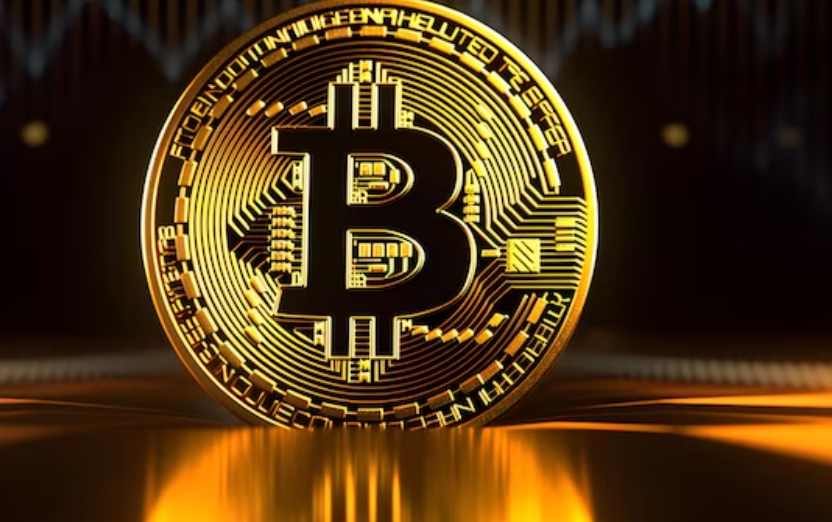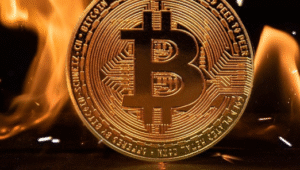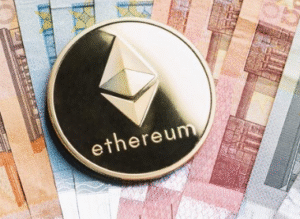$BTC
#Bitcoin #BTC #Crypto #Cryptocurrency #MichaelNovogratz #GalaxyDigital #ReserveAsset #FinancialMarkets #DigitalAssets #Blockchain #Adoption #PriceTarget
Michael Novogratz, CEO of Galaxy Digital, a prominent financial and investment management firm focused on digital assets such as Bitcoin, spoke about the potential for the cryptocurrency to reach extraordinary price levels. Specifically, Novogratz suggested that if Bitcoin were adopted as a reserve asset by nations, its price could push upward to $500,000. However, he was quick to point out that while this is theoretically possible, the likelihood remains low under current conditions. The idea of Bitcoin serving as a reserve asset is not entirely new but has typically been discussed within niche circles and blockchain enthusiasts. Novogratz’s comments bring this notion back into the broader crypto conversation, especially amid ongoing speculative interest in the expansion of Bitcoin’s role beyond just being a speculative store of value or digital currency.
Bitcoin, over the last decade, has transformed from a little-understood peer-to-peer digital payment system into a trillion-dollar asset class that has attracted interest from institutional investors, hedge funds, and even governments. Yet, its volatility continues to be a point of concern for those considering it as a reserve asset — an instrument often perceived as a store of value to stabilize economies during uncertain times. Assets like gold, traditionally held by central banks, serve as global reserves precisely because of their stability and historical resilience. Novogratz acknowledged that Bitcoin’s path toward becoming a reserve asset, and thus hitting the lofty price target of $500,000, would require dramatic shifts in how policymakers perceive digital assets. Macro factors such as inflation, faith in fiat currencies, and the weakening of traditional global financial systems could help accelerate Bitcoin’s adoption at a nation-state level.
Despite the sensational price prediction, Novogratz tempered his remarks by clarifying that the likelihood of Bitcoin becoming a reserve asset on a worldwide scale in the near future is relatively low. This sentiment is shared across the financial landscape, where potential headwinds — such as regulatory challenges, speculative bubbles, and concerns over Bitcoin’s energy consumption — loom large. Governments might be reluctant to fully endorse Bitcoin as a reserve due to its inherently decentralized nature and its perceived threat to monetary sovereignty. Moreover, different geopolitical interests make it difficult for large global players like the U.S., the European Union, or China to officially adopt Bitcoin as a part of national reserves. Bitcoin’s role could evolve gradually, potentially finding its true reserve usage among smaller nations, especially those experiencing currency crises or whose monetary systems lack global influence.
On the other hand, several financial analysts point out that while Novogratz’s theory hinges on Bitcoin adoption at the governmental level, significant ongoing institutional interest could drive Bitcoin prices higher, even without official reserve backing. The growing acceptance of cryptocurrencies by financial regulators, companies like Tesla and MicroStrategy adding Bitcoin to their balance sheets, and increasing demand from retail investors signal that Bitcoin’s upward trajectory could continue. However, targeting the $500,000 mark would require substantial shifts in either the macroeconomic atmosphere or specific catalysts like hyperinflation, which short-term market forecasts don’t currently predict. Therefore, while Bitcoin might remain volatile and speculative, its role as a potentially transformative asset class continues to intrigue investors and market participants alike.











Comments are closed.